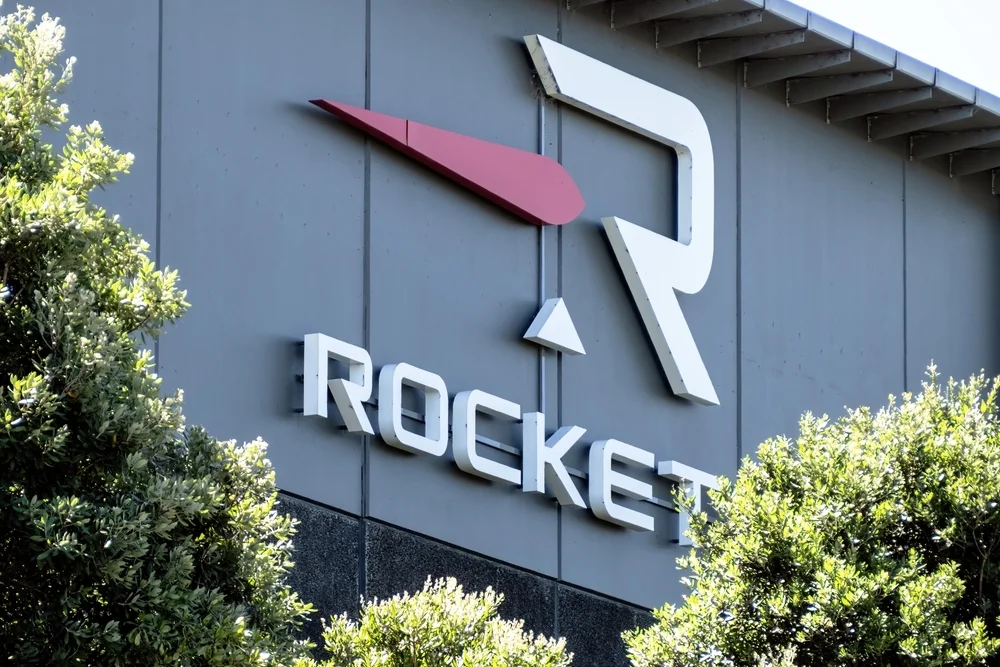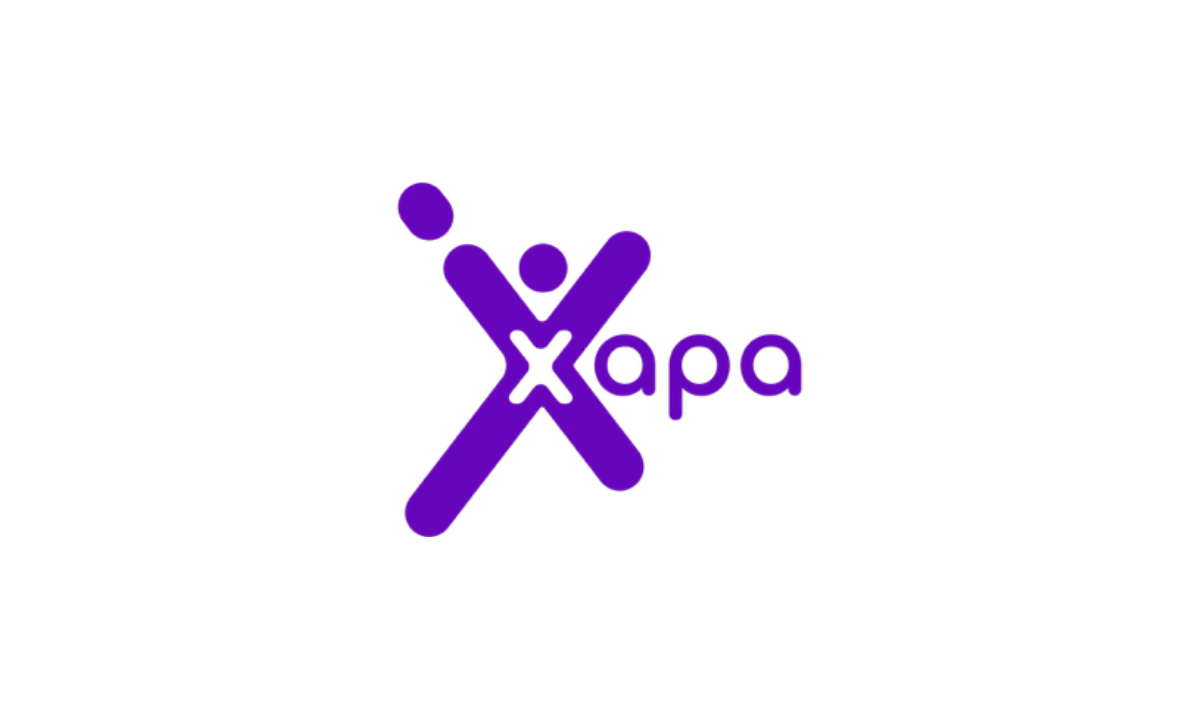
For decades, audience personas have been a cornerstone of marketing, shaped by teams of strategists, creatives, and researchers using a mix of observation, intuition, and available data to bring target audiences to life. It was part art, part science, and it served its purpose well. But today, technology is unlocking a new era of understanding personas. With AI and advanced data modeling, personas are evolving from static composites into dynamic, behavior-based profiles—reflecting how real people think, behave, and engage, in real-time and at scale.
While traditional personas helped guide strategy for years, today’s consumers demand more. More relevance, more personalization, more immediacy. They expect brands to understand who they are, what they need, and when they need it.
The explosion of choice, fragmented channels, and shifting attention spans mean that broad assumptions no longer cut it. What once worked as a useful framework now risks falling short in a landscape where real-time relevance drives loyalty, engagement, and conversion. To keep up, marketers need a smarter, faster, and more adaptive approach to audience understanding.
WHERE TRADITIONAL PERSONAS FALL SHORT
Audience personas have conventionally been composed from surveys, focus groups, and demographic studies. This approach to creating personas is limited due to biases or oversimplifications. Biases can be introduced early on in these processes, subconsciously steering researchers towards familiar findings. Groupthink may further complicate the accuracy of the resulting personas, favoring majority opinion over minority viewpoints.
Subscribe to the Daily newsletter.Fast Company’s trending stories delivered to you every day
Privacy Policy
|
Fast Company Newsletters
Traditional personas don’t just miss nuance, they cost you. Misguided media buys, overlooked segments, and messaging that falls flat are all symptoms of relying on outdated audience models. When marketers lean on oversimplified profiles, they risk wasting budgets, missing growth opportunities, and failing to connect where it matters most.
AI AND THE EVOLUTION OF REAL-TIME IDENTITY
AI leverages real-time data and predictive analytics to build dynamic audience profiles that reflect genuine behaviors, preferences, and emerging trends free from the static assumptions of traditional persona-building. As consumer expectations evolve in real time, your understanding must keep pace or risk falling out of touch. With AI-powered personas, every touchpoint becomes more relevant, every dollar works harder, and every message lands with greater precision. The result? Deeper connections, smarter strategies, and a competitive edge that scales.
PERSONAS IN ACTION: REAL-WORLD BRAND EXAMPLES
As global wine consumption declines and category competition intensifies, legacy playbooks are getting harder to justify. For brands with broad portfolios and diverse price points, it’s no longer just about shelf space. It’s about consumer relevance. O’Neill Wines reevaluated its approach after recognizing that static audience profiles were limiting growth.
Rather than continuing to rely on broad segmentation, the brand adopted a behavior-led approach, grounding its messaging and media in real-time audience insights. The result? A shift from assumption-based messaging to more resonant, behavior-led campaigns. Rather than chasing impressions, the media strategy became increasingly efficient and effective. Paid media performance improved dramatically, including a 200% lift in cost per engagement. For an industry where consumer loyalty is evolving and attention is fragmented, this kind of data-backed adaptability isn’t a luxury; it’s a requirement.
LESSONS FROM OTHER LEADERS
We’ve seen this behavior-first shift play out in other industries, too.
Spotifyelevates personalized listening experiences by analyzing and adapting to its listeners’ preferences. Their curated playlists and key data-driven moments, such as their annual Wrapped, enhance consumer engagement and loyalty.
advertisement
Netflixanalyzes not just what people watch, but when, how often, and in what combinations—tailoring content suggestions, formats, and release strategies in response. Viewer preferences inform content suggestions and release recommendations, driving consumer loyalty.
The takeaway is clear and urgent: Marketing built on assumptions isn’t just outdated, it’s ineffective. In a market that no longer tolerates being misunderstood, precision isn’t a trend. It’s a necessity. AI personas don’t just make your marketing smarter; they drive better outcomes. They replace guesswork with clarity, enabling brands to engage the right people, at the right time, with the right message. As more industries shift toward relevance overreach, the brands that win will be the ones who understand their audiences deeply and act on that insight in real time.
Jim Caruso is the CIO of Elevate.



